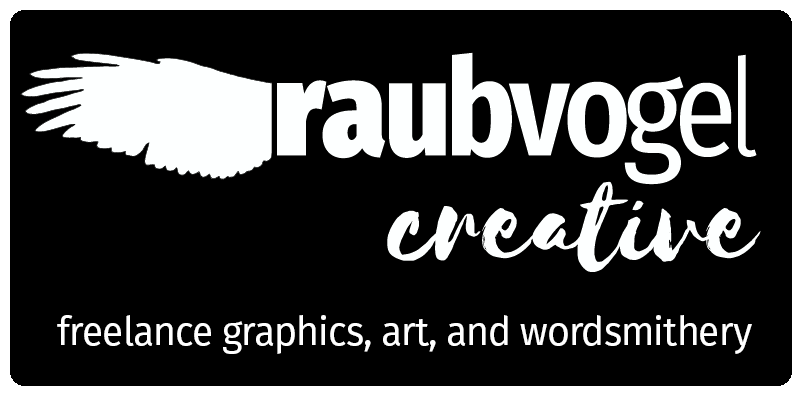This is a manual I produced for the Chevra Kadisha (literally, “Sacred Society,” a volunteer group which prepares the deceased for burial) of Cincinnati. The previous manual had no illustrations, and some of the Chevra’s procedures had changed when the local funeral home moved into a new facility. I also seem to remember that there were inaccuracies in the previous guidebook, in regard to certain customs and prayers – but I no longer have a copy of the old guidebook, so I can’t verify that. At any rate, the new book was produced with the imprimatur of the late Rabbi Zelig Sharfstein, who headed the local rabbinate, after consultation with Rabbi Elchonon Zohn, a well-known authority and president of the National Association of Chevra Kadisha.  I was a participating member of the Chevra, and I had attended some of their training sessions with Rabbi Zohn, so I appreciated the need for the revisions, and I had first-hand knowledge of the procedures which needed illustrating.
I was a participating member of the Chevra, and I had attended some of their training sessions with Rabbi Zohn, so I appreciated the need for the revisions, and I had first-hand knowledge of the procedures which needed illustrating.
Looking now at the page with the contents and credits, I see that only took credit for the typesetting. I guess I was feeling modest at the time. I still have my photographs and sketches, on which I based the diagrams, as well as the Photoshop and Illustrator files.
The printed guidebook was produced on legal (8.5 x 11) paper and saddle-stitched; I modified the layout for the PDF posted here.
